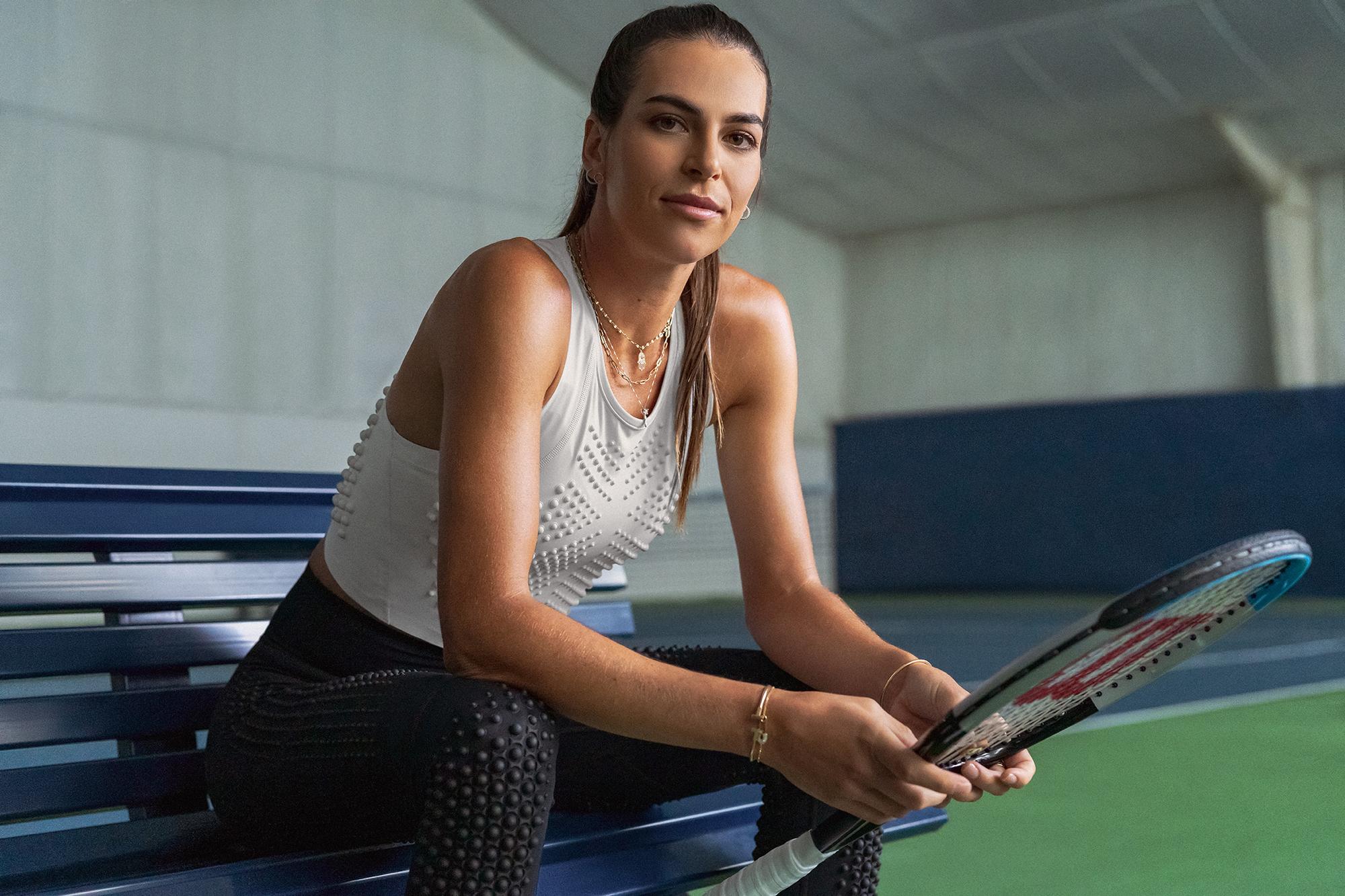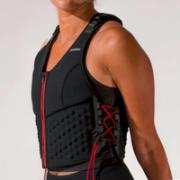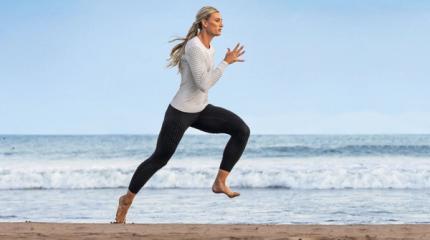Ajla Tomljanović is an Australian professional tennis player on the WTA Tour and a member of the OMORPHO Crew.
As a professional tennis player, Ajla Tomljanović uses resistance training to improve her speed and movement on the court, as well as achieve higher levels of fitness in matches. Wearing OMORPHO G-Wear, in particular, helps her train more easily on the road, from tournaments to preseason blocks.
Growing up in Zagreb, Croatia, Tomljanović fell in love with tennis thanks to her family. At age 12, she moved to Florida to pursue a professional tennis career before playing her first professional matches at age 15. In 2014, she began competing for Australia, and she ended the 2022 season with a career-high ranking of no. 33. Last month, Tomljanović was once again featured in the latest episodes of Netflix’s Break Point tennis docuseries that spotlighted her quarterfinal run at Wimbledon and victory over Serena Williams at the 2022 US Open.
Below, Tomljanović shares her story, how she trains and how the MicroLoad™ technology of OMORPHO products helps her on and off the court.

How did you get into tennis?
I started playing tennis because my older sister Hana played. My mom played, and when my dad met my mom, he fell in love with the sport, too. We are a very sport-oriented family, and they would teach my sister Hana in their free time. I showed a lot of interest, and I pushed them to give me more lessons as I got older.
At what point did your parents realize that you and your sister were really good?
Growing up, Hana was really talented and ended up playing in college. She was practicing like a pro. When I started out, I was just a kid playing because I loved it. I didn’t go into it with the idea of going pro one day, though I will say that I was always excelling within my age group. That gave me a sense that I was good at the sport. When I turned 12, I moved to America to keep training, and that’s when it felt real.

How did you decide to turn pro and get on the ITF circuit?
Once I got into my teenage years, I knew I wanted to go pro. I never wanted to play in college. My dad would tell me, “You’re a pro when you start making money,” which started happening when I was 18. After my junior career, I went into the pros pretty quickly. Of course, you start with the Challengers, and it's not as glamorous as it sounds. The thing is, when you're 15 or 16 years old, everything is exciting, and I was so happy to be there. Once I went from the Challengers to a Grand Slam, I was like, "Okay, this is where I consistently want to be." The little rewards of getting your ranking up and playing in better tournaments are really special. That was my path, and I'm happy I’m still here.
2014 was a big year for you when you had a massive win at the French Open and broke into the top 50. Were there specific changes to get there, or was it just a natural evolution?
That result was just one of those weeks when many years of hard work combine with a little bit of luck. I had to play well, of course. Weeks like that just make me hungrier. At the same time, you then start expecting yourself to do well all the time, so that part isn’t easy. To move up from 40-50 in the world is a challenge, but I’m glad I had a taste of it, and it just makes you work harder.
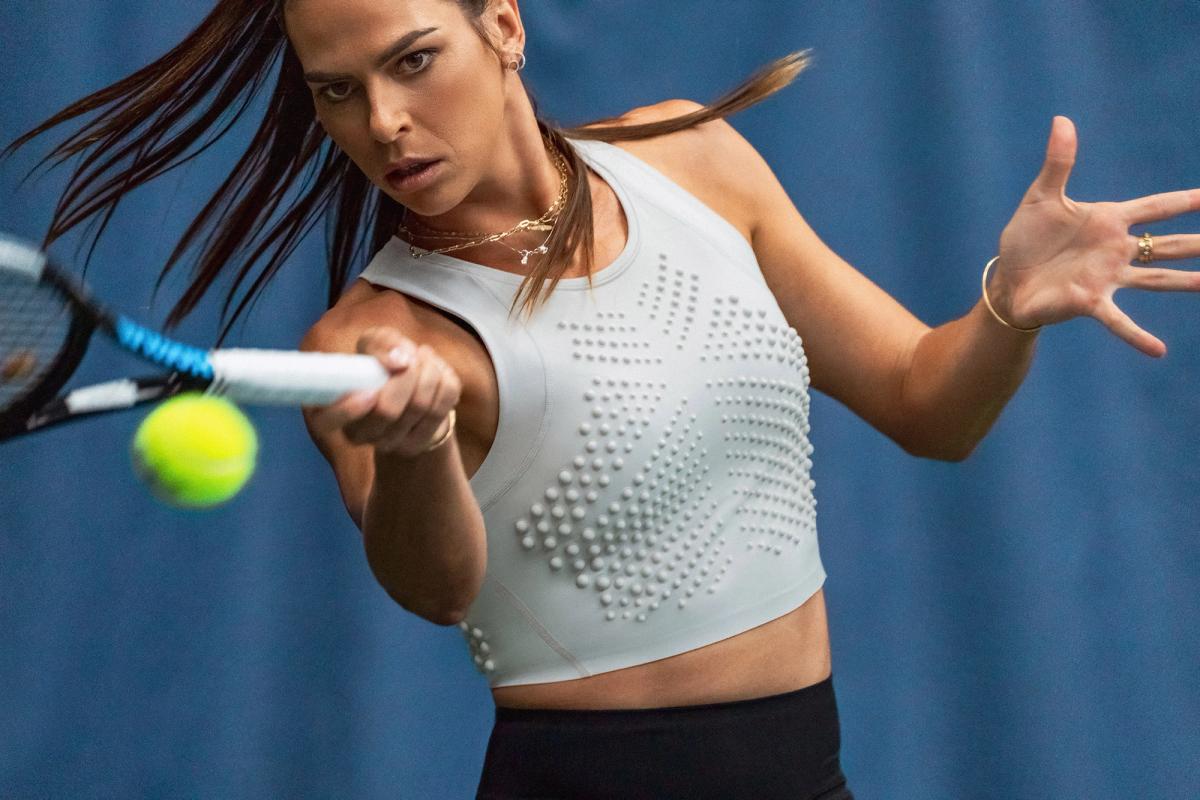
You’ve been amazingly consistent despite having a shoulder injury and of course, made it to two Grand Slam quarterfinals this year. What do you attribute your latest success to?
I’ve always felt that my level is higher than what I’ve been ranked, and perhaps that shows up in my consistency. Having a strong work ethic helps. It takes not just hard work but a belief in the whole lifestyle. When I look back, I think the better results I’ve had come down to my maturity. Once it clicks in your mind, it clicks on the court and in your body. I’ve taken my time, and I’d say I’m a late bloomer. I think my best is still ahead of me, even though I like where I’m at now.
You’ve also looked incredibly match fit and are moving well on the court. Even though you’ve always had great fitness, what has helped you take things to the next level?
I've always done really well in my preseason training. I take that very seriously because I think it’s a really important foundation. I also had mini-training blocks throughout the year when I sacrificed playing at some tournaments to work hard for three weeks.
I just keep going so I can prevent injuries and build muscle all the time. I've also incorporated more gym workouts during tournaments, and that's where OMORPHO’s G-Wear comes in clutch. I've always looked for ways to improve my movement with added weight, and you can’t move freely with dumbbells. It’s been a huge part of my training because I can improve without changing a lot of my routines, and I can take it everywhere. Being smarter with my training has made a big difference.
What are your favorite pieces of OMORPHO Gravity Sportswear to train in?
My go-tos are the G-Tight, the G-Crop and the G-Tank because they have the perfect weight balance for me. I wear them before tournaments whether I'm playing practice points or doing a tough, two-hour session on the court. I use the G-Tight a lot in the preseason because I can push myself without the pressure of performing right away.
With the G-Vest, I might dread putting it on at first, but then I love it because it makes me feel powerful and snug. I love the way I look in it, and I know that whenever I wear it on the court, it’s going to be so beneficial. Whenever I take it off, I feel like I can fly on the court. It makes me really feel like I’m getting better.
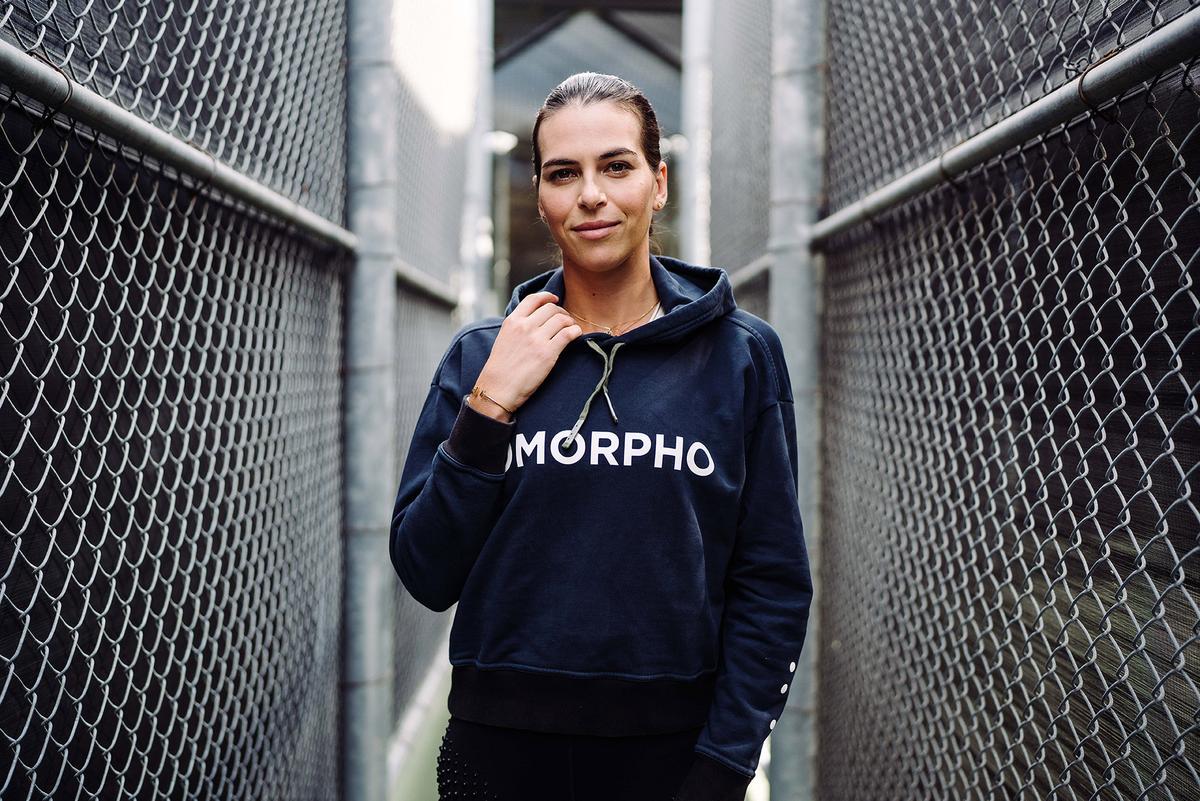
How do you set goals for every new season?
I don't like setting goals with numbers because, in the past, it’s added too much pressure. I always say that if I'm doing all the right things, my time will come during the year. For me, it's mostly about hitting my marks with things I can control: eating well, preparing well for tournaments, and then making the right choices in matches. I always wish I could control the outcome, but in tennis, you can play your best and still lose because you're playing against the toughest competitors. Every week is a chance to do what’s in my control and then go after it.
What advice do you give to younger tennis players?
I tell them, “Don't compare yourself to others.” Believe that you have your own path and timeline. It's not about other people; it's about you getting better every day. If you focus on the process, the results will take care of themselves.
Check out Tomljanović on the Netflix series Break Point, where they chronicle her Wimbledon journey to defeat Serena, and how OMORPHO weighted training gear helps her perform at her best. Also watch for her return to court at Rothesay Open and subscribe to the OMORPHO newsletter for more Crew stories like this, including with Olympic heptathlete Annie Kunz.


